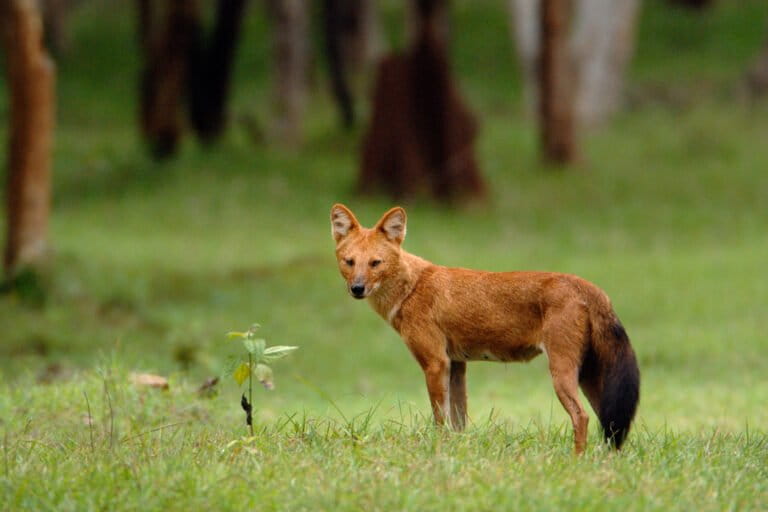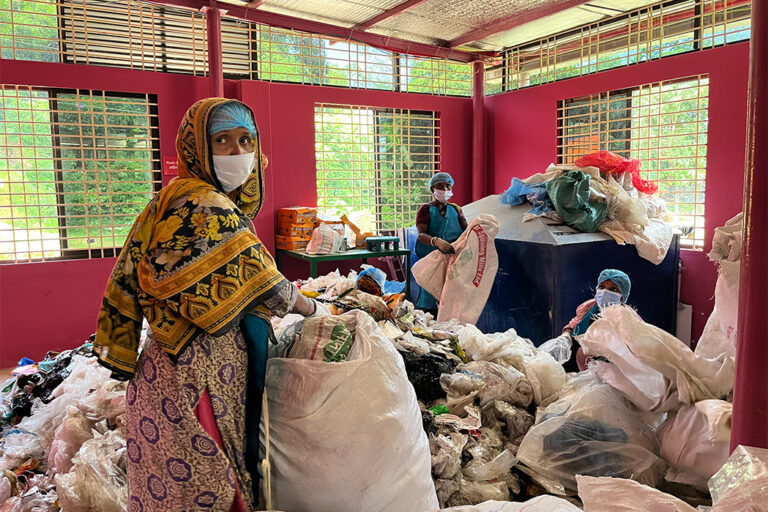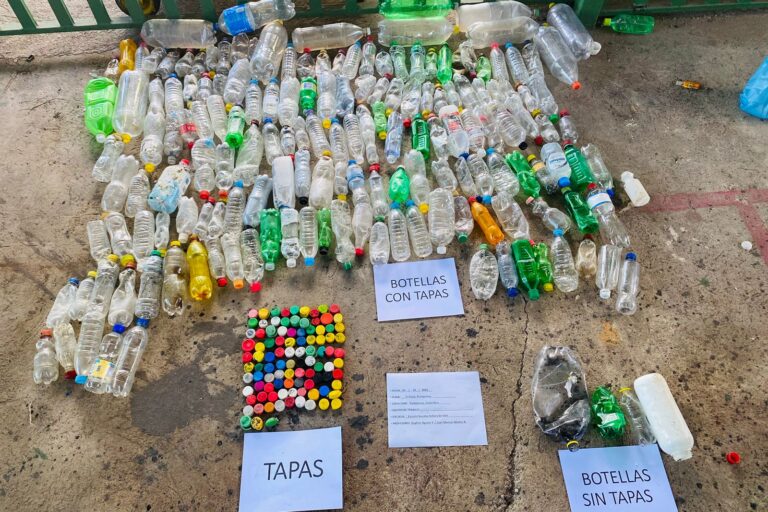- Deforestation and unregulated extraction of resources in the youngest and most fragile of the Himalayan ranges have disrupted groundwater recharge and increased soil erosion, contributing to the current water crisis.
- Activists criticize the government for blaming global climate change to deflect from local accountability and for neglecting Chure’s conservation while focusing on Himalayan snowmelt.
- Despite conservation efforts, government plans to export construction materials from Chure continue, risking further environmental damage and criminal influence.
KATHMANDU — Until a few years ago, villagers in Siraha in Nepal’s Madhesh province accessed water by digging a few meters into the ground, as this method was easier than laying pipes. Water gushed readily from the ground.
However, residents like Sunil Yadav from Siraha district now must dig at least 30 meters (100 feet) to find water. Even deep wells run dry during peak summer as heat waves increase demand.
Ironically, during the monsoon season from July to September, the region appears water-abundant due to heavy rainfall, which at times washes away entire settlements and agricultural fields. “When we don’t need water, there’s too much of it, but when we need it, there’s not enough,” Yadav said at an event in Kathmandu.
Activists such as Yadav argue that policymakers in Kathmandu conveniently attribute this crisis to global climate change to attract international attention and deflect local accountability. Although climate change plays a role, the primary causes lie in the government’s failure over the past decade to regulate extractive industries in the fragile Chure range, also known as the water reservoir of the plans, critics say.
The Chure range, the youngest and southernmost chain of the Himalayas, stretches from the banks of the Indus River in Pakistan in the west to that of the Brahmaputra in the east. This “fragile” range, formed by river deposits, plays a crucial role in groundwater retention and recharge in the Indo-Gangetic Plains, one of the world’s most densely populated areas. It also serves as a corridor for the east-west movement of megafauna such as sloth bears, leopards and tigers.
Historically, human activity in the Chure, made up of loose topsoil, was minimal due to malaria. “However, after malaria eradication in the 1950s, people began exploiting the area for its forest resources and construction materials like gravel and sand,” said Binod Bhatta, leader of the government-appointed committee to develop a master plan for the conservation and development of Chure-Tarai Madhesh.

Previously, the Chure’s tree cover allowed water to percolate into the soil, recharging the water table. Now, with massive deforestation, high-intensity rainfall, linked to climate change, causes flash floods and soil erosion without replenishing the groundwater. All this is happening as the Indo-Gangetic Plain reels under severe heat waves.
Activist Shristi Singh Shrestha criticized the government’s focus on Himalayan snowmelt at the expense of addressing Chure’s issues. “We also saw at a recent event on mountains and climate change in Nepal that the government didn’t give much priority to the Chure, as it is also a part of the Himalayas,” she said. “When officials talk about melting snow cover, they can blame the developed countries for accelerating climate change, but if they talk about the Chure, the finger would point towards themselves as they are the ones responsible for its crisis,” she added.
Unregulated urbanization — especially along major highways in Nepal, which started during the decade-long Maoist insurgency — and the push to develop mega infrastructure projects such as highways, tunnels, railways and hydropower has led to an insatiable demand in the country for construction raw materials. However, as regulation and monitoring of extraction-based industries and coordination among the federal, provincial and local governments has been minimal, the sector has become a hotbed for crime and corruption. News reports of local politicians being implicated in corruption cases related to mining have become commonplace in local media outlets.
Back in 2010, then-President Ram Baran Yadav launched the President Chure Conservation Program out of concern for the future of the plains. However, the program, which has spent millions of dollars on conserving the Chure, struggles against powerful extractive industries due to weak enforcement.
Environmental activists say even they face threats and violence. On Jan. 10, 2020, 24-year-old Dilip Mahato, an outspoken critic of illegal sand mining in Dhanusha district, was murdered. “His death has instilled fear in others, silencing opposition against miners,” said an activist from western Nepal who didn’t want to be named for safety reasons. He said the mine operators fund political campaigns and help politicians who back their operations to come to power. “This means that the people in power won’t take any action against the miners,” the activist said.

Despite making international pledges to combat climate change and failing to regulate the mining sector, the government seeks to export construction materials to the lucrative market in India. In 2021, protests forced the government to retract a budget proposal to export Chure’s pebbles and sand, which opposition parties such as the Nepali Congress likened to “burning one’s own house to sell ashes.”
Currently, a new law under discussion in Parliament, the Construction Materials (Management and Regulation) Bill, aims to reopen the export of construction materials. The Nepali Congress, now a ruling coalition partner.
Chure expert Bijay Singh Danuwar warns this will exacerbate extraction, attract Indian involvement and introduce criminal elements that could influence local and federal elections. “Then the whole thing will go out of our control,” he said.
Activists and conservationists say that while Nepal requires construction materials for development, extraction must occur in a planned and regulated manner. Extraction of pebbles and sand is also necessary to maintain the course of the river, said Danuwar. But it has to be regulated and planned.
“Scientific assessments should guide minimal damage extraction practices, balancing development needs with environmental conservation,” Bhatta said.
Meanwhile, expansion of unplanned and unregulated settlements continues in different sections of Chure. Cities such as Sindhuli, Bardibas and Hetauda in the east and Dang in the west continue to expand with people encroaching on forest land. This could make the crisis more complex, said retired forester Amardeep Yadav.
The government has been trying to provide land titles to families that have been living in these towns for generations without land ownership. It has had limited success in doing so, as the Supreme Court recently ordered that the government can’t distribute forest land to squatters. However, officials in the know suggest that the government might bring in new legislation to facilitate the registration of land ownership. This could add more pressure to the Chure, activists warn.
Banner image: Activists’ demonstration in Kathmandu demanding water in Nepal’s Terai. Image courtesy of Shristi Singh Shrestha.
Conservation ‘setback’ looms as Nepal opens protected areas to hydropower projects














